Breast Lift
Procedure Overview Breast Lift
A breast lift, or mastopexy, removes excess skin and tightens surrounding tissue of the breasts which raises them to a higher position, improves their shape, and enhances support and firmness with or without the use of breast implants. There are plenty of factors which can affect the volume and position of your breasts including pregnancy, weight changes, and aging. Breast lifts can be rewarding for women experiencing varying degrees of drooping and the team at Broadway Plastic Surgery can provide you with the solutions you desire.
Breast Lift
A breast lift raises the breasts to a more youthful and “perky” position on the chest. This includes moving the areola to a higher position on each breast and assuring their proper, symmetrical placement. There are many reasons women choose to undergo a mastopexy including:
- Elongated, flat, or stretched breasts
- Ptosis (breast sagging)
- Uneven breasts
- Enlarged or downward pointing areolas
- Low nipples (at or below the breast crease)
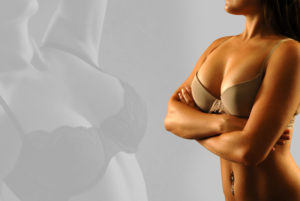
Procedure Description
As with breast augmentation, breast lift surgery offers multiple incision types based on the state of a patient’s and their desired results. The incision types are as follows:
Crescent Incision: The crescent incision is created by a short line along the upper half of the areola. This is the least invasive breast lift method, but it is not commonly used since it cannot accomplish the same degree of lift as other incision types. A crescent incision is most often used in conjunction with a breast augmentation in women whose breasts have only a small degree of sagging.
Periareolar/Donut Incision: Made around the perimeter of the areola, these incisions are most effective when there is a mild to moderate degree of breast sagging. However, when the periareolar incision is used by a skilled cosmetic surgeon in conjunction with a breast augmentation, it can still produce great results for patients whose breasts have more pronounced sagging.
Keyhole/Lollipop Incision: As alluded to by its name, this incision makes the shape of a keyhole or lollipop. It wraps around the perimeter of the areola and then drops down to the breast crease. This technique produces the best results for moderate sagging that cannot be sufficiently helped by a periareolar technique. The vertical incision helps to achieve a more conical breast shape.
The Anchor Incision: Anchor incisions are made in three steps. First, a circular incision is created around the areola. Then an incision is created vertically down from the areola to the breast crease. Finally, a horizontal incision is created along the breast crease. While this is the oldest breast lift incision technique, it is also the most aggressive. This method is generally used in women who have a high degree of ptosis that cannot be adequately fixed by other, less invasive incision methods. This incision is also commonly used if a woman is combining her breast lift with a breast reduction.
After a breast lift incision is made, our doctor will:
- lift and reshape the underlying breast tissue to improve the breast shape and firmness.
- raise the nipples and areolas to a higher, more natural height.
- reduce enlarged areolas by removing excess skin at the perimeter (if needed).
- remove excess breast skin.
Once the excess skin is removed, the incisions are closed. Some breast lift incision options will result in visible scarring on the breast. While these incisions are permanent, they will fade over time. We can assist healing with scar treatments to help minimize the appearance of any scars.
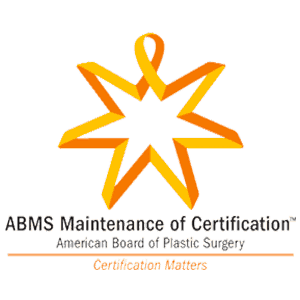
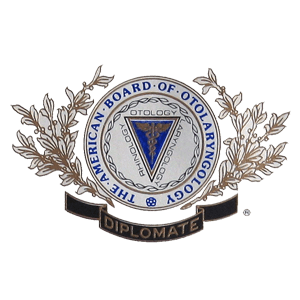
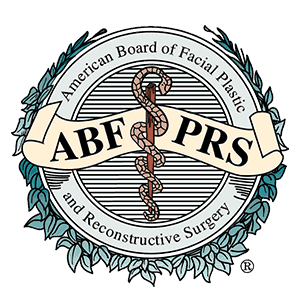
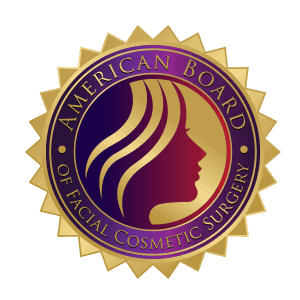
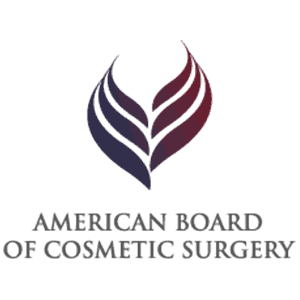
A 2015 study conducted by the American Society of Plastic Surgeons concluded that the number of breast lifts performed in the United States is up 89% since 2000, resulting in just under 100,000 surgeries nationwide.
Discover the Transformative Benefits of a Breast Lift at Broadway Plastic Surgery and Med Spa in Denver
Are you looking to enhance your appearance and boost your self-confidence? A breast lift, or mastopexy, at Broadway Plastic Surgery and Med Spa in Denver might be the solution you’ve been searching for. This procedure offers numerous benefits, from rejuvenating your figure to improving your overall well-being. Let’s explore the transformative advantages of a breast lift and why Broadway Plastic Surgery and Med Spa is the ideal place to undergo this life-changing procedure.
Restored Youthful Appearance
One of the primary benefits of a breast lift is the restoration of a youthful appearance. As we age, our skin loses elasticity, and gravity takes its toll on our bodies, leading to sagging breasts. Pregnancy, breastfeeding, and weight fluctuations can also contribute to this issue. A breast lift raises and reshapes sagging breasts, giving them a firmer, more youthful contour. This not only enhances your figure but also helps you feel more confident and attractive in your clothing.
Enhanced Self-Confidence
A significant boost in self-confidence is often reported by women who undergo a breast lift. Feeling good about your appearance can positively impact many areas of your life, from personal relationships to professional endeavors. When you feel confident in your body, it shows in your posture, your smile, and your overall demeanor. A breast lift can help you regain the confidence you may have lost due to changes in your body, allowing you to feel more comfortable and self-assured.
Improved Breast Symmetry
Many women experience asymmetry in their breasts, where one breast is noticeably larger or sits higher than the other. A breast lift can address this issue by reshaping and lifting the breasts to create a more symmetrical and balanced appearance. This improvement can make a significant difference in how you perceive your body and how your clothing fits, leading to increased satisfaction with your overall look.
Long-Lasting Results
While the aging process and gravity are inevitable, the results of a breast lift are long-lasting. By removing excess skin and tightening the surrounding tissue, a breast lift provides a more permanent solution to sagging breasts compared to other non-surgical options. With proper care and maintenance, such as maintaining a stable weight and wearing supportive bras, you can enjoy the benefits of your breast lift for many years to come.
Better Fit for Clothing and Swimwear
Sagging breasts can make it challenging to find clothing and swimwear that fit well and look flattering. A breast lift can significantly improve the way your clothes fit, enhancing your overall appearance. You’ll find that tops, dresses, and swimsuits fit more comfortably and look more attractive, allowing you to enjoy fashion and feel confident in your choices.
Reduced Skin Irritation
Excess sagging skin can sometimes lead to skin irritation and discomfort, particularly in the breast crease. By lifting and tightening the breasts, a breast lift can reduce these issues, leading to improved comfort and better overall skin health. This benefit is especially valuable for active women who engage in physical activities and sports.
Expertise and Personalized Care at Broadway Plastic Surgery and Med Spa
Choosing the right plastic surgeon and med spa for your breast lift is crucial for achieving the best results. At Broadway Plastic Surgery and Med Spa in Denver, we pride ourselves on our expertise, personalized care, and state-of-the-art facilities. Our board-certified plastic surgeons have extensive experience in performing breast lifts, ensuring that you receive the highest quality care and achieve the results you desire.
From your initial consultation to your post-operative care, we are committed to providing a supportive and comfortable experience. We take the time to understand your unique needs and goals, tailoring the procedure to ensure the best possible outcome. Our team is dedicated to helping you achieve a beautiful, natural-looking result that enhances your appearance and boosts your confidence.
Book Your Appointment and Start Your Transformation Today!
Are you ready to experience the benefits of a breast lift and transform your appearance? There’s no better time to take the first step towards a more confident and youthful you. Book your appointment with Broadway Plastic Surgery and Med Spa today and start your transformation journey. Our team of experts is here to guide you every step of the way, ensuring that you achieve the results you’ve always dreamed of.
Don’t wait any longer to enhance your appearance and boost your self-confidence. Book your appointment now and discover the life-changing benefits of a breast lift at Broadway Plastic Surgery and Med Spa in Denver. Your journey to a more beautiful and confident you begins here!

